Developer: Laser Soft Publisher: Telenet Release: 08/23/91 Genre: Action
I liked Super Valis IV in spite of its many problems. In my opinion it fell in line with the rest of the series as a solid yet flawed gem. However despite my appreciation for it I could tell there was something missing. The elaborate cut scenes the series was known for were all but gone and that just isn’t right. For years I had heard about the original PC Engine CD game it was based on and that the SNES game was simply a butchered port of its disc based cousin. It would take many years before I would get my hands on it and while there is some truth to it both games are so different they need to be judged separately.
Directly following the events of Valis III Yuko has become the goddess of the world of Vecanti and protected it for many years. Evil never sleeps however and a threat long since buried resurfaces. The tyrant Galgear emerges after a fifteen year imprisonment and kidnaps Yuko’s sister Valna in his bid to rule the world. The task of facing Galgear falls to Lena, a Vecanti woman and Yuko’s successor.
It would be easy to compare Valis IV and the SNES game released in the states. Ultimately it would be irrelevant. Aside from the general story and some locations both are almost entirely different games, especially in terms of gameplay. The PC Engine version is the original and superior with more of everything fans love the series for. While it’s a shame that it is Japan exclusive the language barrier is minimal, allowing anyone to play one of the better entries in the series.
Like its predecessor there are multiple characters on this journey. Since Yuko has ascended to godhood Lena is her successor. You would expect her to be the best-rounded of the bunch however in actuality she is the weakest link. Yuko’s attack is the weakest and her slide isn’t as useful since it no longer functions as an attack. Her true worth doesn’t show until the latter half of the game when you are forced to use her for story reasons in levels designed around her capabilities.
Amu is more interesting. Her boomerang attack is strong and hits twice but is hard to aim. More useful however is her double jump; you will be using it a lot. Asfar fills the big, strong yet slow role. His more interesting ability is that spikes and other level hazards have no effect on him. Despite the strength of his attacks they are limited in use as they travel along the ground.
In terms of its power-ups things are a bit different this time around. The game does not tell you this but your attack power can increase up to five levels by collecting red orbs. This also raises your maximum hit points as a bonus. The magic meter can similarly increase three times. The magic system has also been overhauled. Rather than a limited number of uses the meter charges automatically. There are three different levels of magic with the most powerful setting you back one level. To balance this out taking a hit resets your current charge to prevent spamming.
With its three character dynamic you would expect the level design to be Valis IV’s greatest asset however that is the game’s weakest area. There are lots of the long boring corridors that plagued the prior games but the times where the game tries to become more elaborate it does so in an annoying fashion. Frequent character swapping necessary, sometimes just to pass a lone obstacle. No one character is best in every situation and the switching comes across as artificial when it should not be. The best parts of the game come at the very end but the difficulty spikes so significantly you’ll have a hard time enjoying it.
Unlike the prior games Valis IV is consistent in its challenge. I previously mentioned that none of the protagonists are well adapted to every situation and that rings true in combat. Most enemies take multiple hits to destroy and their placement can be very frustrating. There are a large number of instant death pits all around making it worse. Cheap hits are so common the game frequently drops life restoring herbs to compensate. Its as though the designers were aware of the problem and tried to fix it retroactively. My largest gripe would be the boss battles. Unfortunately you can only use whichever character initiates the fight even if you die. Pray that never happens as your magic and attack power drop back to level one which is pretty much a death sentence. You won’t finish this in one sitting but that’s not through great design regrettably.
This might sound like a strange comment but it does ring true: Valis IV is too long for its own good. Most of its levels span seven or eight parts which is incredibly tiresome. With its suspect enemy placement and forced character switching you will dread spending any amount of time in a single level. Especially when almost the exact same layout repeats two or three times with minor differences. This would have been better with shorter and more levels to increase the variety.
While I have largely avoided comparisons to the SNES game presentation is the area that it has this beat. The sprites here are large and detailed but the backgrounds are flat and frequently ugly. However this version does have a large number of animated cut scenes and while they are in Japanese it is very easy to follow along. The music despite being on a CD is terrible and completely forgettable. This is in stark contrast to the Super Nintendo game which features a fantastic score.
In Closing
Despite its numerous faults Valis IV is a solid entry in the series. It tries to expand on the ideas introduced in the third installment and falls on its face but otherwise I would say is still worth picking up cheap. Sadly I wish I could say the series walked into the sunset with its head held high but aside from the remake of the first game it would go to a dark place best left forgotten. Shame on you Telenet.


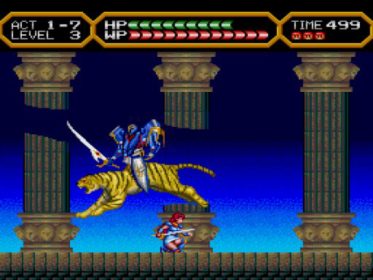
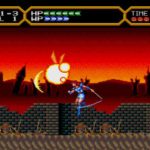
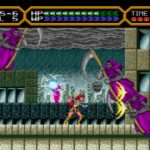
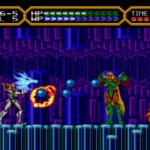




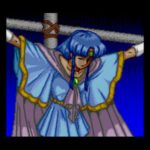
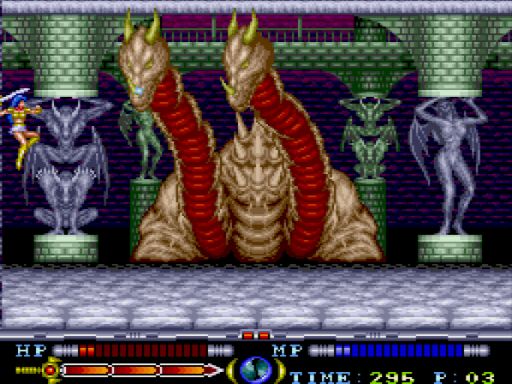
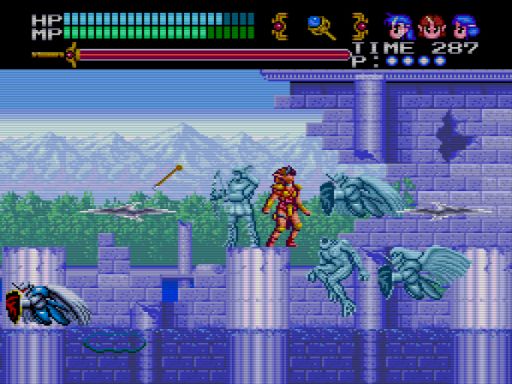
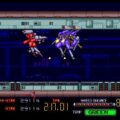
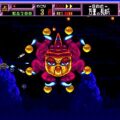
One thought on “Valis IV”